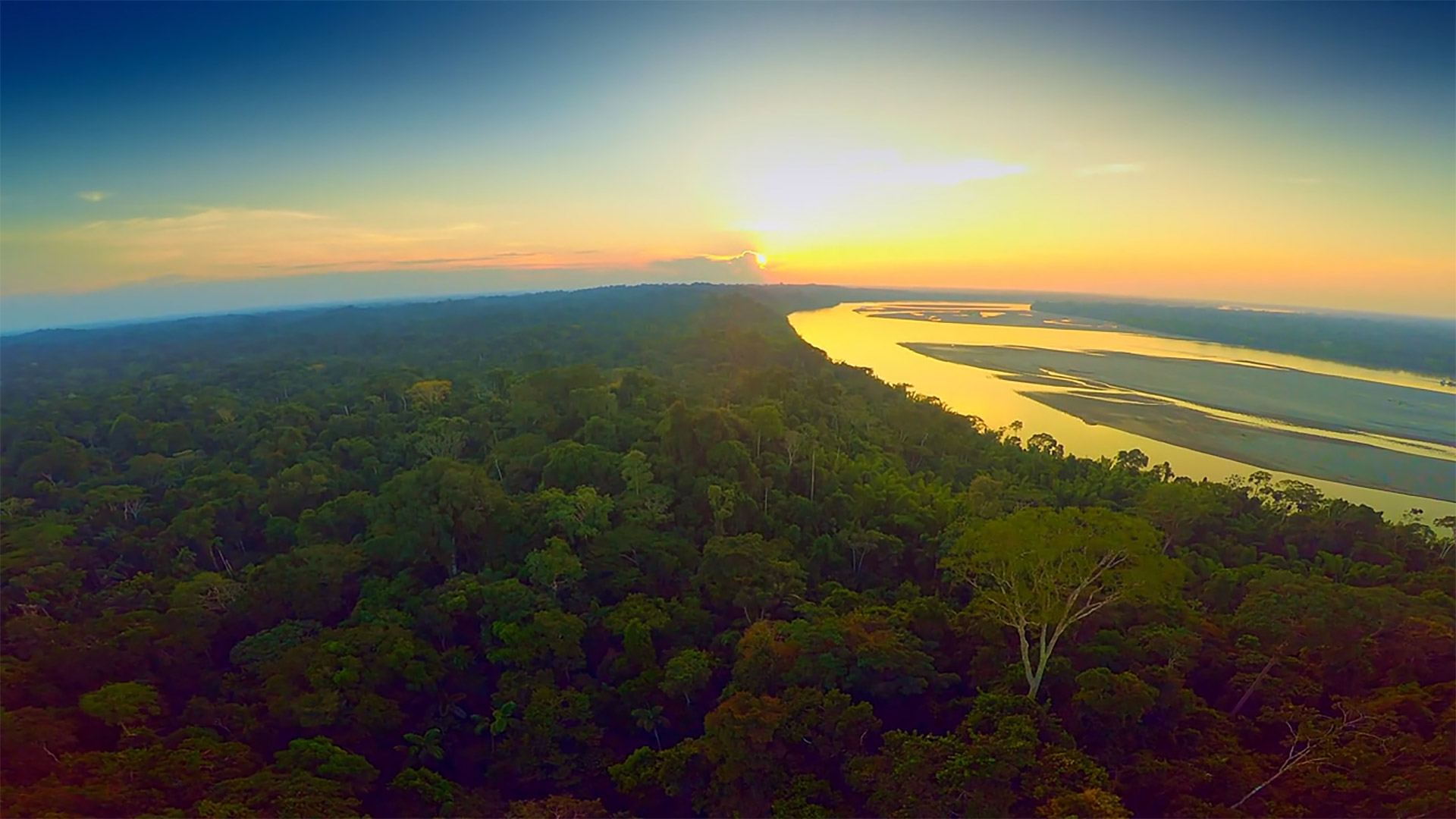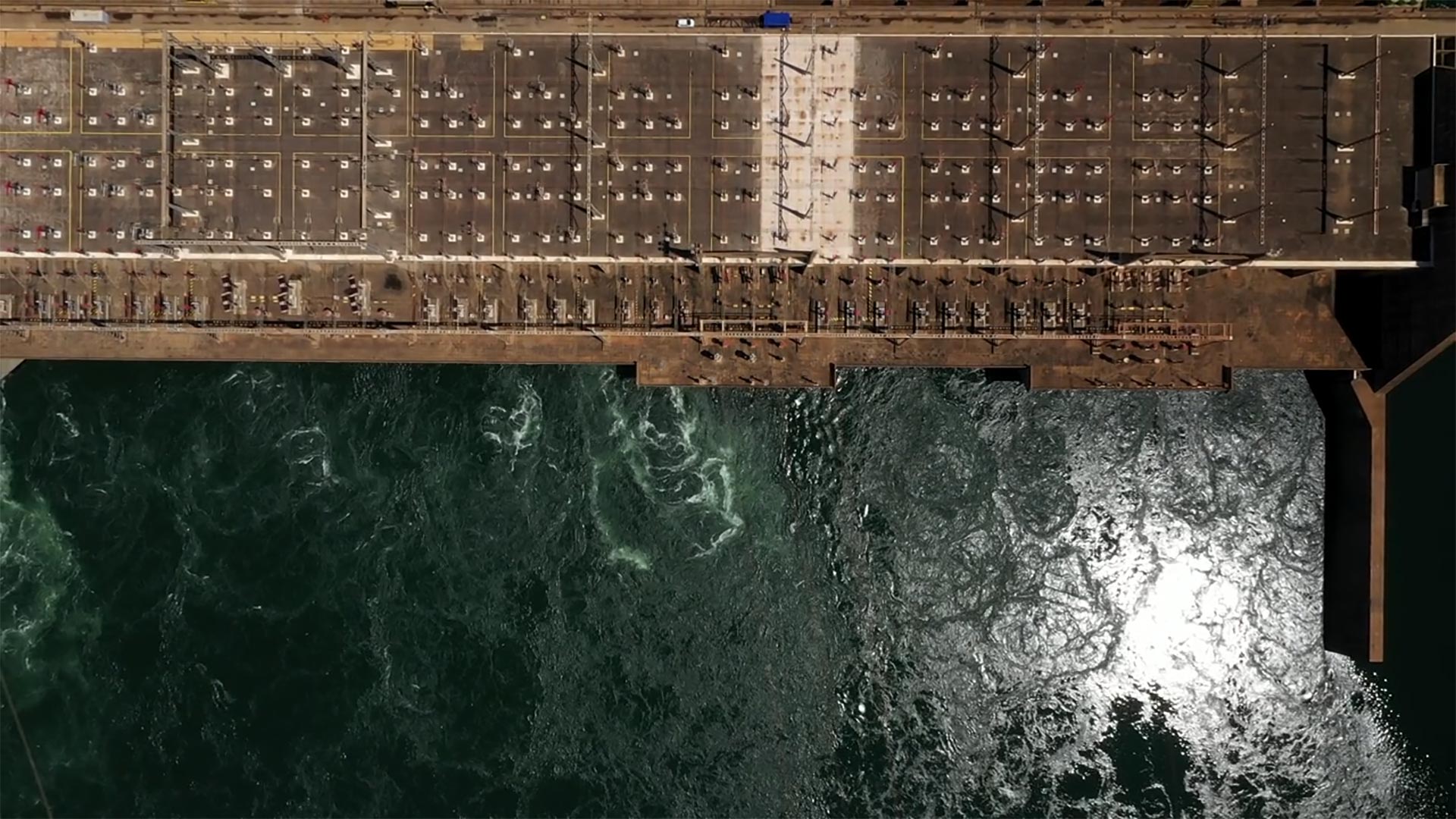
How renewable energy is fueling Brazil’s economy
Rich with untouched plains, mountain ranges, and winding rivers, Brazil boasts a landscape unmatched by its diversity which occupies a territory equivalent to approximately 85% the size of Europe. More than its biodiversity, the country is also a plentiful source of some of the world’s most in-demand natural resources, including those essential for renewable energy. Its investment in sustainable energy is at record highs, with 45% of its land mass being powered by hydroelectric, wind, and solar power.

Harnessing the power of water is making waves
For Brazil, water means power. With two of the top 10 hydroelectric generators in the world and over 200 hydroelectric power stations, Brazil is the second largest hydroelectric power generator in the world.
The natural elevation of the landscape makes dam building lucrative. The ITAIPU dam on the Parana River between Brazil and Paraguay is the 2nd largest hydroelectric producer in the world, just behind the 3 Gorges dam in China. The dam produces 14 GW of power, enough to provide electricity to over a billion LED lights. Most of this output is exported to Brazil along an expanse of power lines that stretches for over 500 miles.
The 5th largest producer of hydroelectric power in the world is also in Brazil, along the Tocantins River. The Tucurui Dam, the first large-scale project built in the Amazon, has a capacity of 8.3 MW with its 25 power units.
When one adds the 5,271 kW of power generated by Brazil’s nationwide network of Small Hydroelectric Power Plants “PCH” it means that an astonishing 64% of the nation is powered by water, compared to a global average of just 16%.

Sunshine doesn’t just grace Brazil’s beaches; it powers its industries
Brazil is infamous for its postcard-perfect beaches, which benefit from the sun’s power all year round. Lesser known, however, is how Brazil is also harnessing the power of the sun to fuel its power grid. Last year alone, solar generation increased by over 55% to 16.7 GWs, with the largest contributions from states across Brazil, from Bahia and Minas Gerais to Piaui and Sao Paulo.
It’s not just the government making seismic investments in Brazil’s solar power, but big industries too. In February this year, both Shell and Brazilian steelmaker Gerdau announced plans to launch a huge solar park in Minas Gerais. The aim is to reduce greenhouse gases while accelerating the transition to renewable energy.
In numerous towns and cities across Brazil, there is a quiet but growing movement to increase the use of solar energy among rural farmers and families. By harnessing Brazil’s 2000 annual hours of sun, far-reaching communities are benefiting from reliable and affordable access to electricity. And through a net-metering scheme, citizens are obtaining credit when they send their unused solar energy back into the national grid.
Take the small grocery store in Amazonas, 37 miles from the state capital of Manaus. The owner, Pedro Vidal de Mendonça, powers his freezers using Photovoltaic (PV) panels, where he stores freshly caught fish. The energy-efficient solution means he can secure his livelihood at a reduced cost, with fewer carbon emissions, and without compromising Brazil’s commitment to sustainability.

Winds of change drive more energy
Brazil is the leading country for installed wind capacity, with a growth of 23% in 2021 alone – much of which was rooted in the northeast, where 80% of Brazil’s wind energy farms are located. Harnessing the immense power of wind pays dividends for local workers too. In 2020, the sector had over 260,000 workers, making it a significant source of local employment.
Attention is growing from multinational companies, who are increasing Brazilian wind investments significantly. Siemens Gamesa’s new onshore wind turbines are making their debut in Brazil, with the first turbines being produced and installed locally in Bahia at the Tucano wind complex. With world-first 170-meter rotors, the turbines generate 6.2 MW of power with fewer machines.
The wind industry in Brazil is only growing; at least 65 onshore wind projects are in development over the next 5 years with a total investment of over $20 billion.
With an immense territory and incredible biodiversity, Brazil is becoming less reliant on fossil fuels and more in touch with its surroundings – where water, wind, and sun are in abundance. By shifting to these renewable energy sources, the country is set to reinforce industries, transform lives, and protect the environment for years to come.

